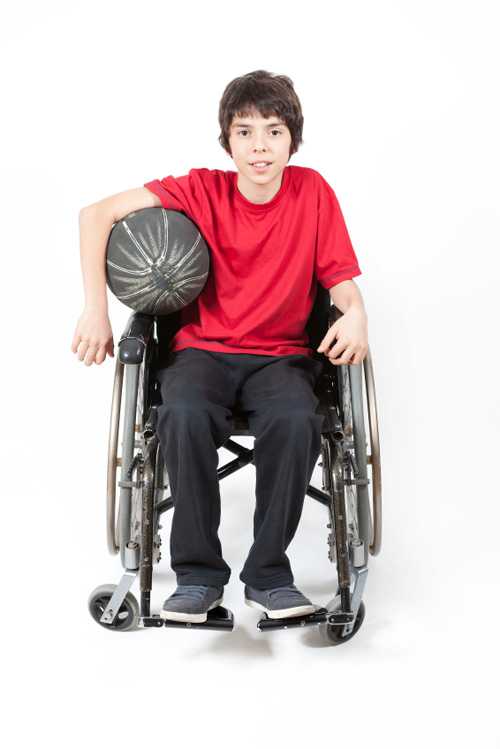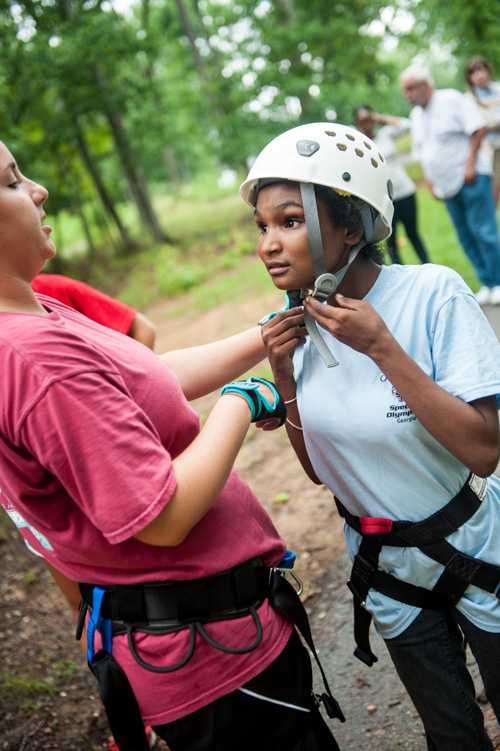Keeping Children with Disabilities Safe

We all want to keep our children safe and secure and help them to be happy and healthy. Preventing injuries and harm is not very different for children with disabilities compared to children without disabilities. However, finding the right information and learning about the kinds of risks children might face at different ages is often not easy for parents of children with disabilities. Each child is different – and the general recommendations that are available to keep children safe should be tailored to fit your child’s skills and abilities.
There are steps that parents and caregivers can take to keep children with disabilities safe.
To keep all children safe, parents and caregivers need to:
- Know and learn about what things are unique concerns or a danger for their child.
- Plan ways to protect their child and share the plan with others.
- Remember that their child’s needs for protection will change over time.
What Can We Do?
Parents or caregivers can talk to their child’s doctor or healthcare professional about how to keep him or her safe. Your child’s teacher or child care provider might also have some good ideas. Once you have ideas about keeping your child safe, make a safety plan and share it with your child and other adults who might be able to help if needed.
Here are some things to think about when making a safety plan for your child:
Moving Around and Handling Things
Does your child have challenges with moving around and handling things around them? Sometimes children are faced with unsafe situations, especially in new places. Children who have limited ability to move, see, hear, or make decisions, and children who do not feel or understand pain might not realize that something is unsafe, or might have trouble getting away.
Take a look around the place where your child will be to make sure every area your child can reach is safe for your child. Check your child’s clothing and toys – are they suitable for his or her abilities, not just age and size? For example, clothing and toys that are meant for older children might have strings that are not safe for a child who cannot easily untangle themselves, or toys might have small parts that are not safe for children who are still mouthing toys.
Safety Equipment
Do you have the right kind of safety equipment? Safety equipment is often developed for age and size, and less for ability.

For example, a major cause of child death is motor vehicle crashes. Keeping your child safe in the car is important. When choosing the right car seat, you might need to consider whether your child has difficulties sitting up or sitting still in the seat, in addition to your child’s age, height, and weight. If you have a child with disabilities, talk to your healthcare professional about the best type of car seat or booster seat and the proper seat position for your child. You can also ask a certified child passenger safety technician who is trained in special needs.
Other examples of special safety equipment include:
- Life jackets may need to be specially fitted for your child.
- Smoke alarms that signal with a light and vibration may be better in a home where there is a child who cannot hear.
- Hand rails and safety bars can be put into homes to help a child who has difficulty moving around or a child who is at risk for falling.
Speak to your healthcare professional about the right equipment for your child and have this equipment ready and available before you may need it.
Talking and Understanding
Does your child have problems with talking or understanding? Children who have problems communicating might have limited ability to learn about safety and danger.
For example, children who cannot hear might miss spoken instructions. Children who have trouble understanding or remembering might not learn about safety as easily as other children. Children who have a hard time communicating might not be able to ask questions about safety. Adults might think that children with disabilities are aware of dangers when they actually are not.
Parents and caregivers may need to find different ways to teach their children about safety, such as:
- Showing them what to do
- Using pretend play to rehearse
- Practicing on a regular basis
Parents and caregivers may need to find different ways to let their children communicate that they are in danger. For example, teaching your child to use a whistle, bell, or alarm can alert others to danger. Tell adults who take care of your child about the ways to communicate with your child if there is any danger.
It’s also useful to contact your local fire department and explain any special circumstances you have, so that they don’t have to rely on the child or others to explain their special needs in case of an emergency. Read more about preparing for emergencies.
Making Decisions
Does your child have problems with making decisions? Children might have limited ability to make decisions either because of developmental delays or limits in their thinking skills, or in their ability to stop themselves from doing things that they want, but should not do.
For example, children with attention-deficit/hyperactivity disorder (ADHD) or fetal alcohol spectrum disorders (FASDs) might be very impulsive and fail to think about the results of their actions. People often put more dangerous things higher up, so that little children cannot reach them. Your older child might be able to reach something that he or she is not ready to handle safely. Check your child’s environment, particularly new places.
Some children might also have problems distinguishing when situations and people are safe or dangerous. They might not know what to do. Parents and caregivers can give children specific instructions on how to behave in certain situations that might become dangerous. Read more about bullying and wandering.
Moving and Exploring
Does your child have enough chances to move and explore? Children with disabilities often need some extra protection. But just like all children, they also need to move and explore so that they can develop healthy bodies and minds.
Some parents of children with special needs worry about their children needing extra protection. It is not possible to protect children from every bump and bruise. Exploring can help children learn what’s safe and what might be difficult or dangerous. Being fit and healthy can help children stay safe, and an active lifestyle is important for long-term health.
Children with disabilities might find it hard to take part in sports and active play – for example, equipment may need to be adjusted, coaches may need extra information and support to help a child with a disability, or a communication problem may make it more difficult for some children to play as part of a team.
Talk to your child’s teachers, potential coaches, care providers, or health professional about ways to find the right balance between being safe and being active.
Other Concerns
Do you have other concerns? Every child is different. This is not a complete list of questions and concerns, these are just examples. Your questions and concerns may be different. Speak with your healthcare provider, teacher, or child care provider to learn more about keeping your child safe.
Resources
CDC’s Protect the Ones You Love
Parents can play a life-saving role in protecting children from injuries. Protect the Ones You Love is dedicated to sharing information on the important steps parents can take to make a positive difference.
CDC’s Accessibility Page
Information on how to build public spaces including parks and schools to meet the needs of all of the people who will use the space.
CDC’s Disability and Health Page
Information on health and safety for people with disabilities.
SafeKids.org
A series of safety tips and videos on ways to keep children with special needs safe in the home.
Keeping Safe from Injury- for Children with Special Needs [PDF – 1.26MB]
Strategies to increase parents’ knowledge about how to prevent injuries for children with special needs.
Tips for First Responders
Tip sheets that describe how to keep people with a wide range of disabilities safe in case of an emergency.
Child Seats for Children with Special Needs
Information on typical and specialized car seats and restraint systems for children with special health care needs.
- Page last reviewed: July 14, 2017
- Page last updated: July 14, 2017
- Content source:




 ShareCompartir
ShareCompartir